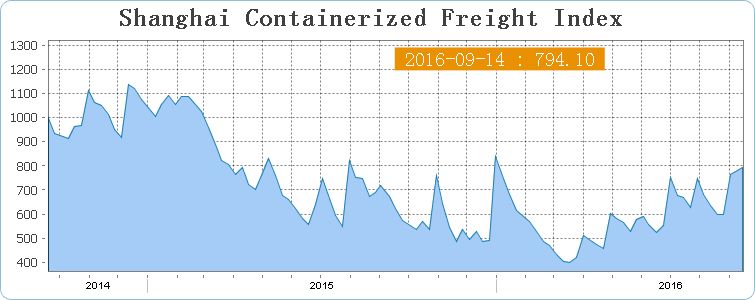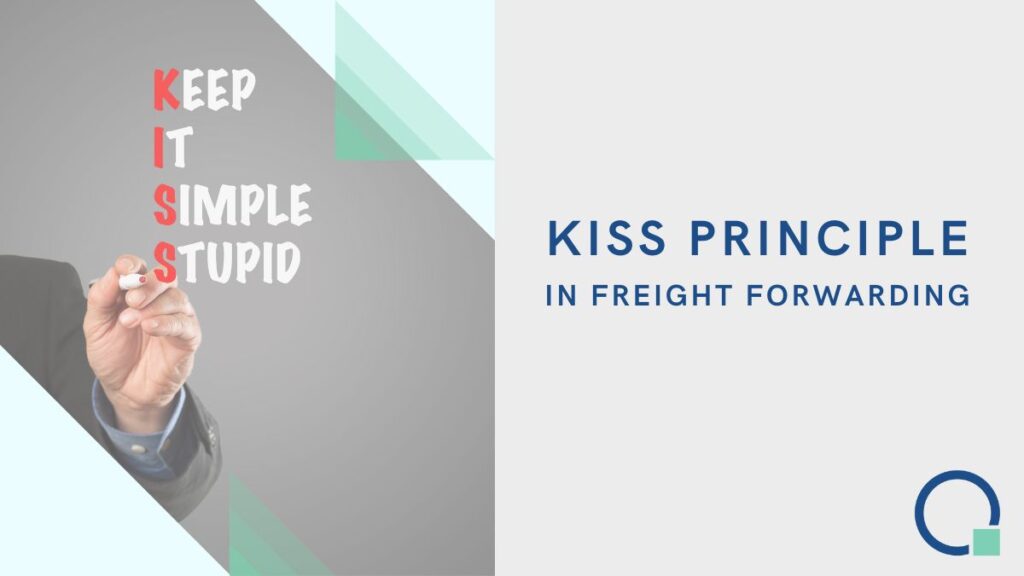The Dollar Value of Logistics Software
What is the exact dollar value of the logistics software? Every freight forwarder knows that the logistics business is mostly driven by price. In such a competitive market, any opportunity to improve profit margins should not be missed.
Technology can significantly improve efficiencies internally, resulting in greater profitability. These improvements mostly come from the reduction of manual processes – time-consuming and error-prone. For example, automating the process of searching and aggregating freight rates can save at least 30% of the sales reps’ time.
But what is the exact dollar value of technology for a freight forwarder? And more importantly, how to calculate the extra profit margins it can help generate? You will find a very simple online calculator at the end of this article.
But first, let’s look at the areas where digitization can help the most.
Logistics Software Brings Transparency
Traditionally, the sales teams in freight forwarding companies would have to rely on multiple Excel tables with rates, surcharges, and special conditions, preparing freight quotes manually. This is far from optimal, as the margin of error is too high.
Now, when the freight rates change so often, the value of having all commercial data on one platform in a structured way is essential to maintain sanity and transparency.
Logistics Software Makes It Easier
Get rid of the large Excel freight ratesheets, and put your commercial data on one platform in a simple and transparent way. This will simplify your sales and procurement workflow.
Simplification and automation provide infinite possibilities and allow you to upload freight tariffs and make freight quotes in a few clicks.
Logistics Software Brings Security
Security and confidentiality are very important when attempting to forge business relationships. With advances in technology come advances in data privacy.
In Quotiss, we made it our top priority to provide the highest level of data security to our clients. We use AWS cloud servers – the technology which is trusted by the largest businesses across the globe: Siemens, Vodafone, Philips, General Electric, and others. With daily database backups, digital safety is 100% guaranteed.
Logistics Software Brings Savings
A computer can carry out tasks in seconds and with 100% accuracy. One of the greatest benefits of implementing technology into the commercial business process is time-saving and cost reduction.
In Quotiss, your latest freight rates and your most precise client database are integrated into one platform. Contract management simplification allows you to automate and track the freight quotes.
Not only can this reduce the risk of error and raise the quality standard, but also save you great amounts of active sales time. Such time saving opens new doors for using sales talents in ways that will generate more profit at the end of the day.
How much more? Use our simple online ROI calculator and get your estimate in USD.

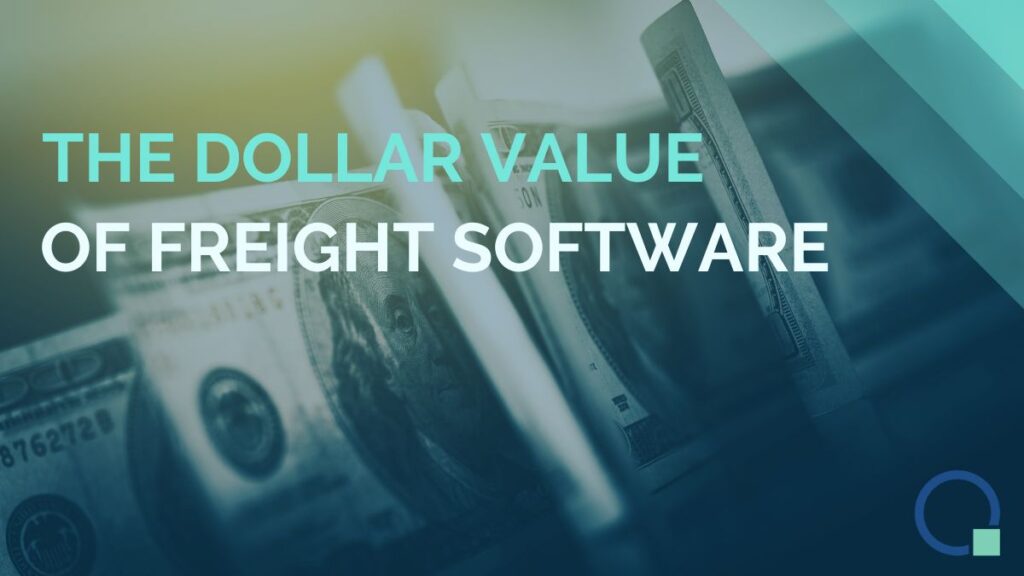
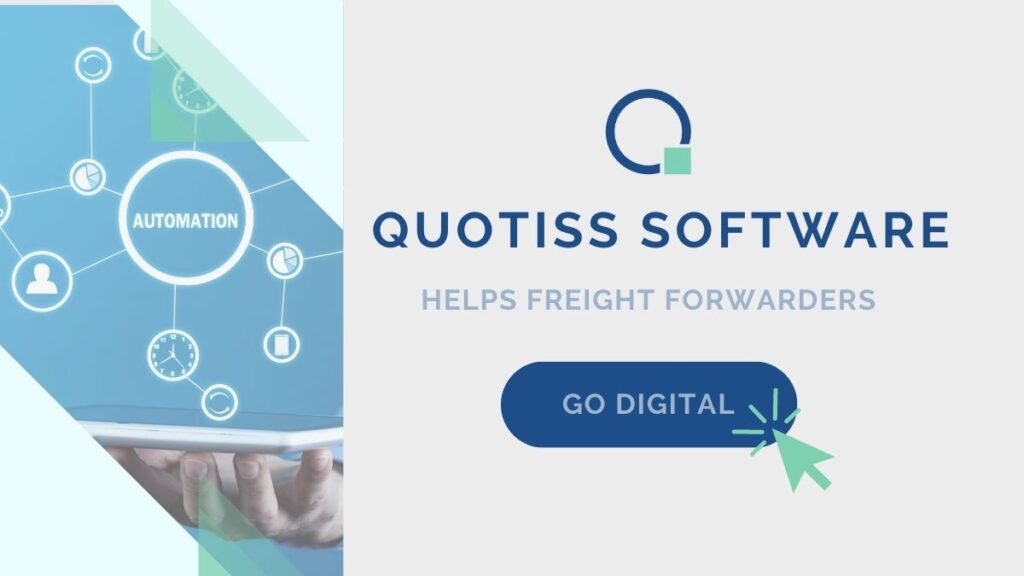
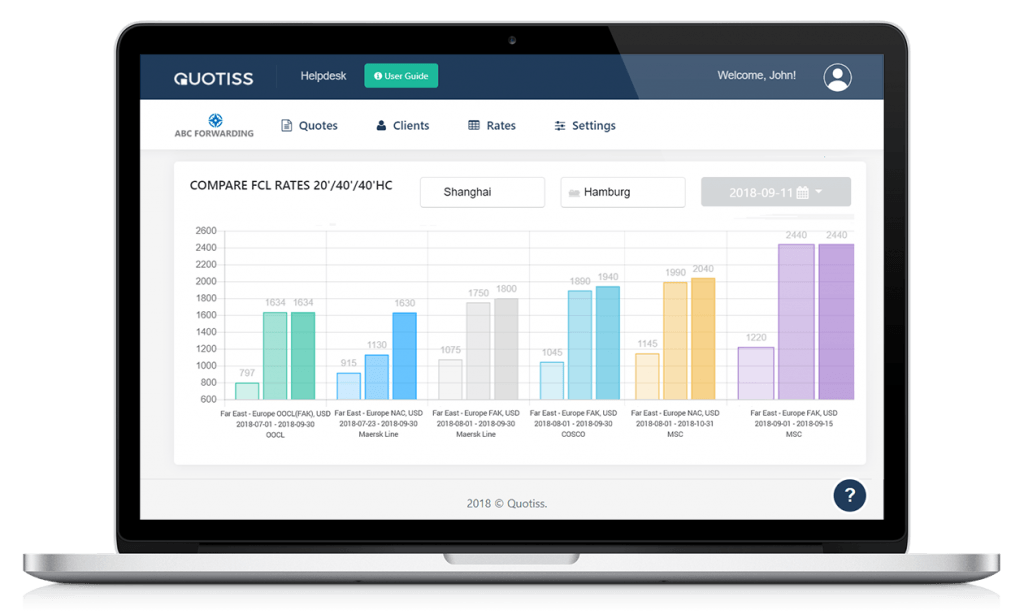

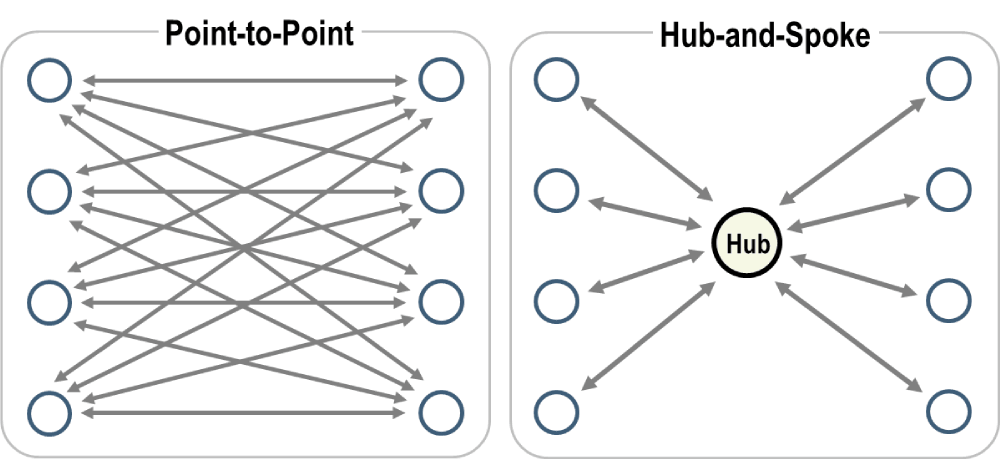
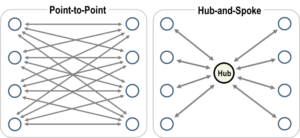
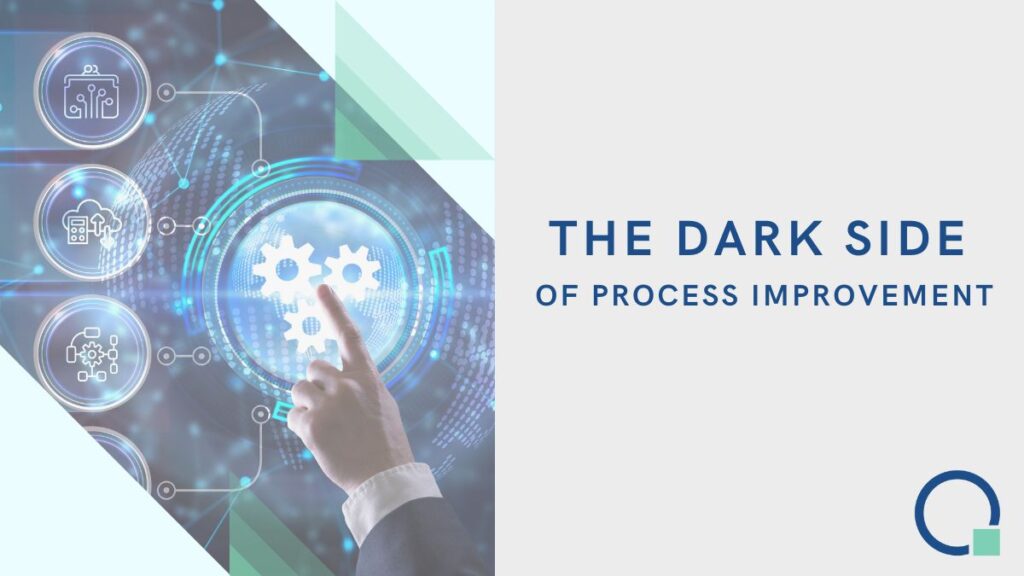



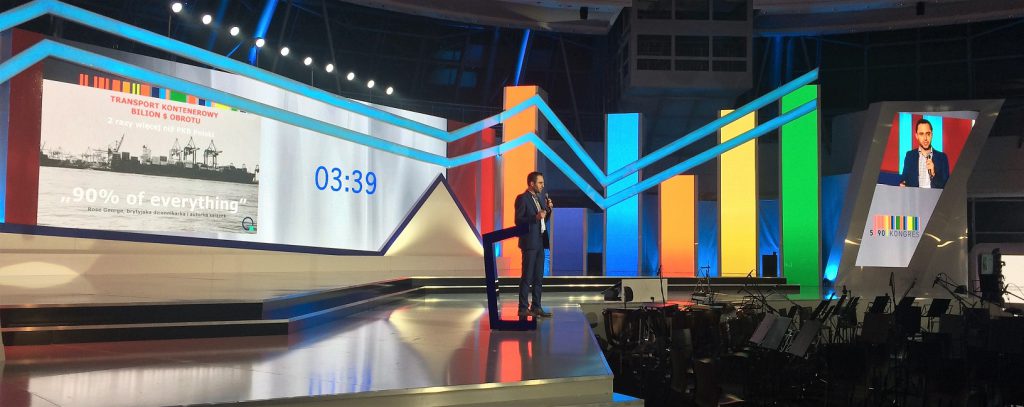

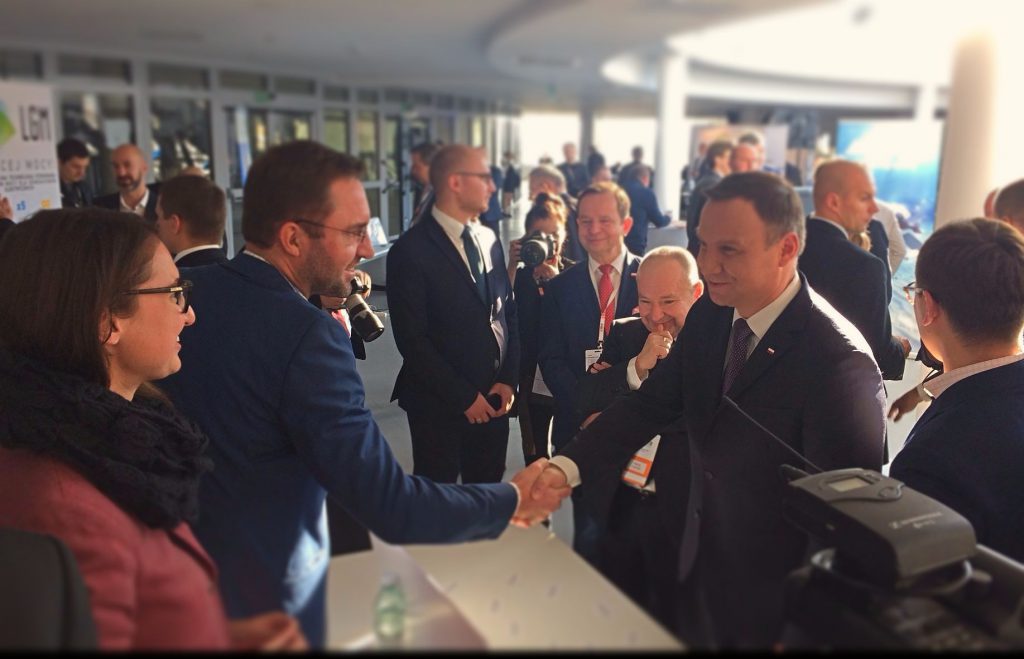

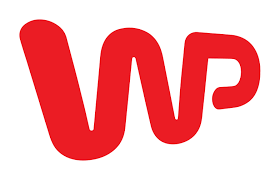







 Bruce Dickinson, the frontman of Iron Maiden and successful entrepreneur, was a special guest on the Congress 590. He spoke about the advantages of building ‘fan base’ instead of ‘customer base’, and really impressed the public with the diversity of his business portfolio – from legendary rock band singer, to airline owner, to pilot, to beer / watch / video games producer.
Bruce Dickinson, the frontman of Iron Maiden and successful entrepreneur, was a special guest on the Congress 590. He spoke about the advantages of building ‘fan base’ instead of ‘customer base’, and really impressed the public with the diversity of his business portfolio – from legendary rock band singer, to airline owner, to pilot, to beer / watch / video games producer.
